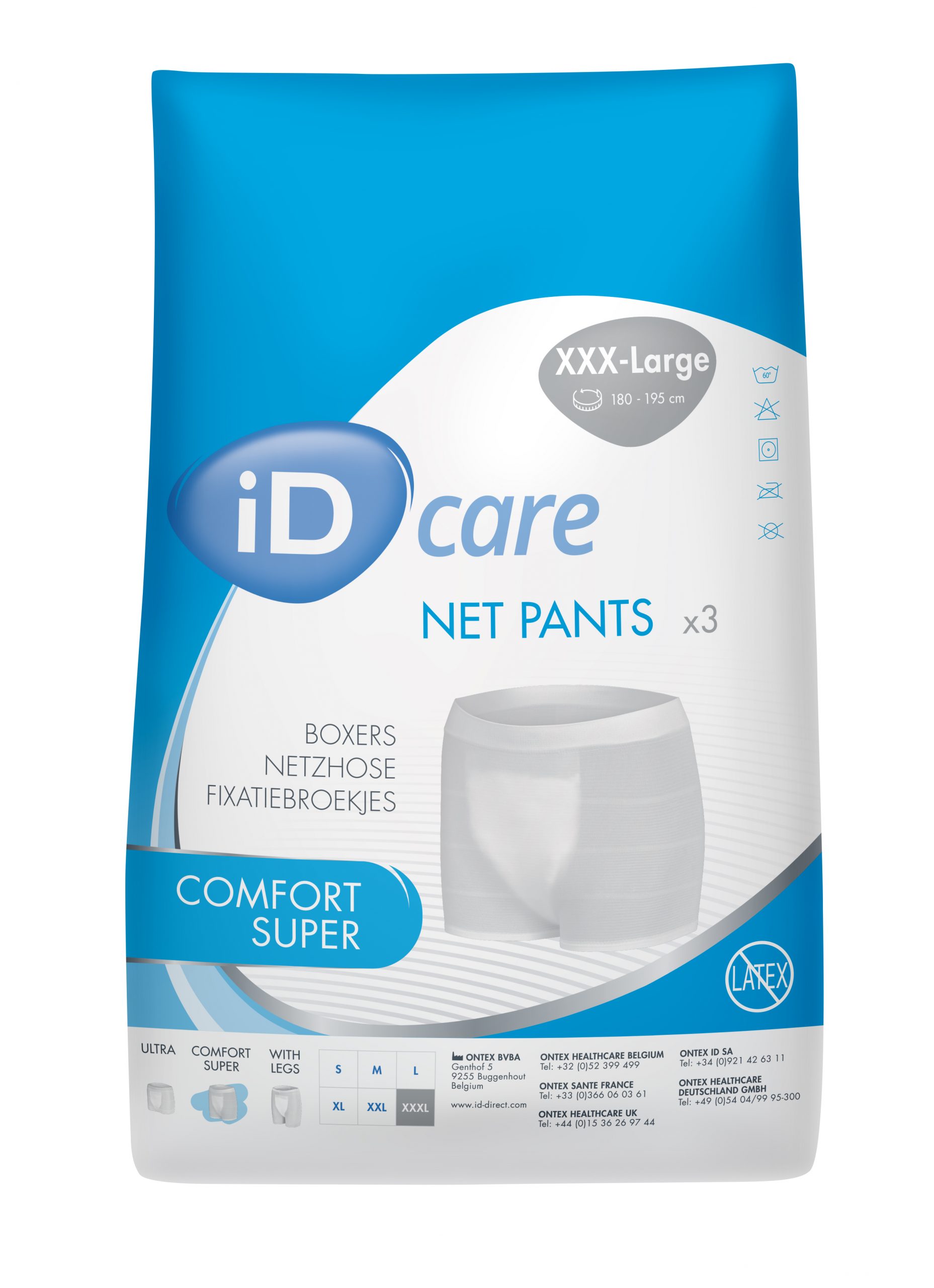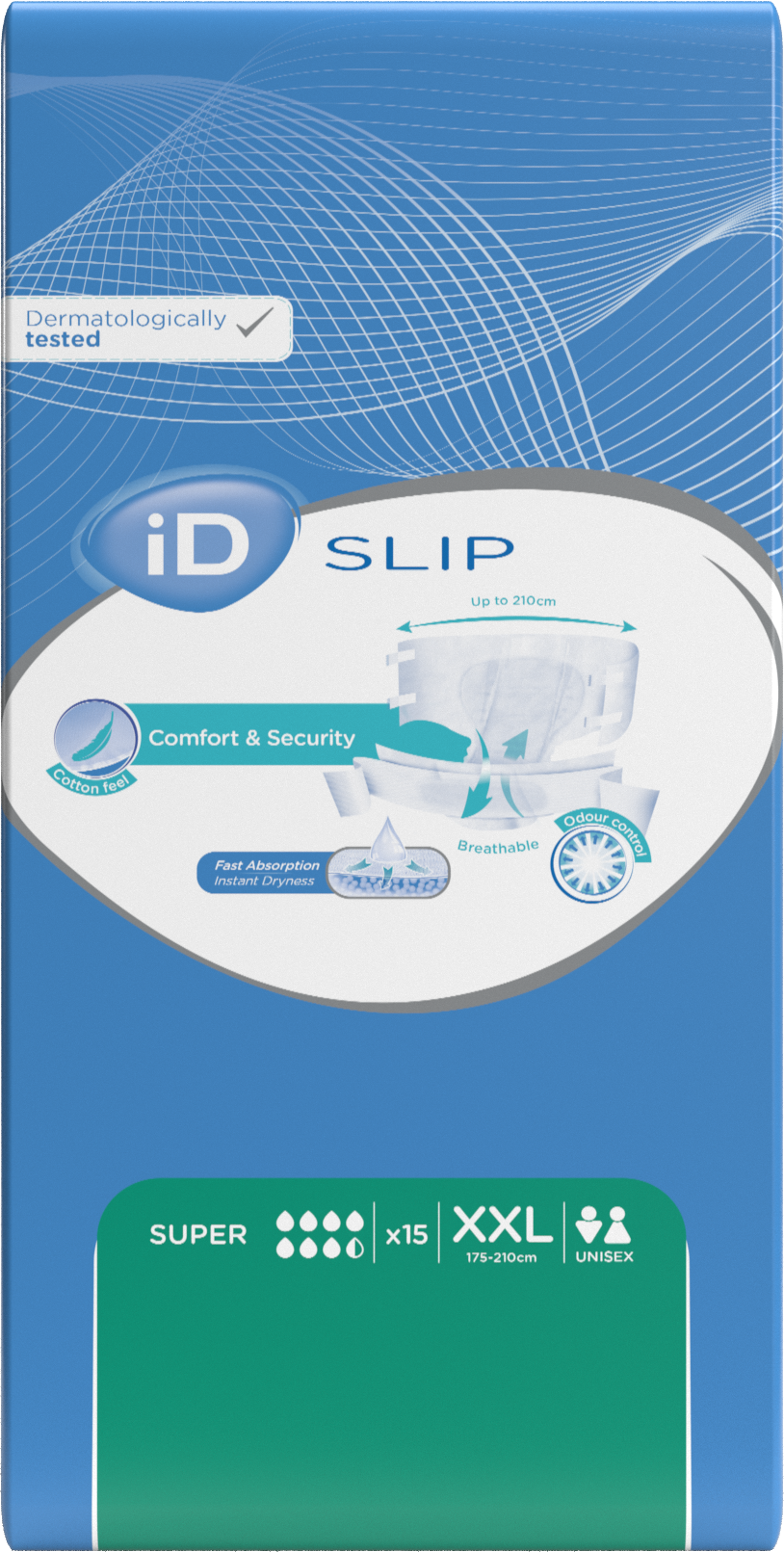Urinary incontinence (UI) is the involuntary release of urine caused by a lack of bladder or bowel control. There are a lot of possible causes of incontinence, such as urinary tract infections, pregnancy, or a neurological disorder. Numerous factors can also increase the risk of incontinence, such as age, diet, certain diseases, and high body weight. In this article, we dig a little deeper into what effect high body weight can have on urinary incontinence.
What is obesity, and how to prevent it?
Obesity is a very complex and sensitive condition, yet increasingly seen in Western countries. The most recent WHO study[i] estimates that 13% of the world’s adult population classifies as obese, and this appears to be an increasing trend. But, how do we measure obesity?
Three factors can be used to classify obesity:
- Body Mass Index: this calculation considers three variables; body weight, height, and age. For example, an individual with a BMI between 25 and 29 is considered overweight. A BMI above 30 is considered obese.
- Waist circumference: a measurement of over 102 cm for men and 88 cm for women may be an obesity indicator.
- A weight indicator: an individual weighing over 100kg may be referred to as bariatric in hospitals. This means they are a larger individual who may need to use specialist bariatric equipment.
Although obesity is common, there are many ways to help prevent it, such as:
- Limit eating sugars and total fats
- Eat at least five fruits and vegetables every day
- Engage in daily half an hour of physical activity
Obesity & incontinence
It has been shown that obesity is a strong independent risk factor for incontinence. In fact, it has been proven that for each five-unit increase in BMI, the risk of incontinence also increases by approximately 30% to 60%.
Why exactly is obesity a risk factor for incontinence?
- Overweight and obesity cause body fat to reposition around the abdomen and can increase intra-abdominal pressures on the pelvic floor.
- Obesity can reduce an individual’s mobility and result in an inability to reach the toilet in time.
- Obesity can also affect the brain and, more specifically, the neuromuscular function of the genitourinary tract. This may result in bladder emptying difficulties.
People with a high BMI who experience incontinence can feel discomfort, loss of control and feelings of shame. The good news is that there are several treatments and possible solutions to help. In general, losing weight is the first recommendation to try to address the issue. But that is not always easy. In the meantime, there are other ways to help live with incontinence in a secure and comfortable way, such as using the right incontinence protection. Read on to discover more…

Our bariatric solution
To offer the best possible protection to as many people as possible, we have developed a bariatric range of incontinence products that meet the needs of those with a higher body weight.
While weight loss is still the recommended way to tackle this condition, we want to offer reassurance and protection to those experiencing incontinence. As such, our bariatric portfolio includes pants, slips, and forms to meet everybody’s needs:
- iD Pants Super XXL
iD Pants Super XXL are recommended for those with more mobility, since they feel like underwear and have a close fit. - iD Form Extra Long available in Extra Plus, Super, and Maxi combined with XXXL iD Comfort Super Net Pants
iD Form Extra Long is anatomically-shaped protection that should be used in combination with a net pant* (boxer or mesh pant). This open system allows the users to go to the toilet on their own and it’s easier to change. The longer length and wider back of the product helps ensure all-night protection. - iD Slip Super XXL
iD Slip Super XXL is all-in-one protection for maximum security, especially useful for those with limited mobility. The four repositionable tapes, combined with the large front panel, ensure that the slip can be securely closed. Particularly recommended for users with larger legs, they remove the need to use net pants in combination.
Sources
[i] Obesity and Overweight (2016), World Health organization.




